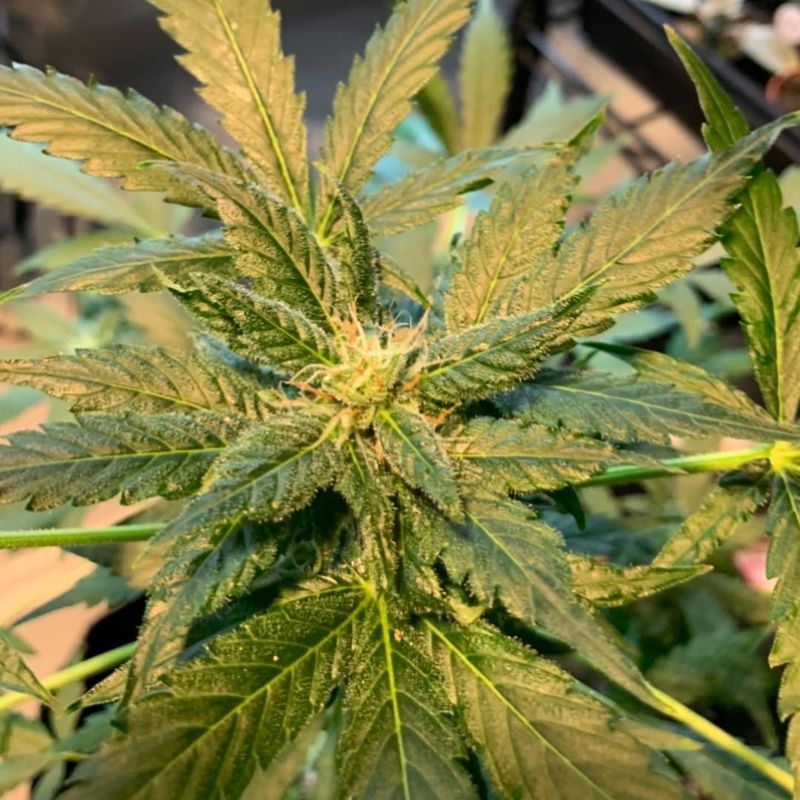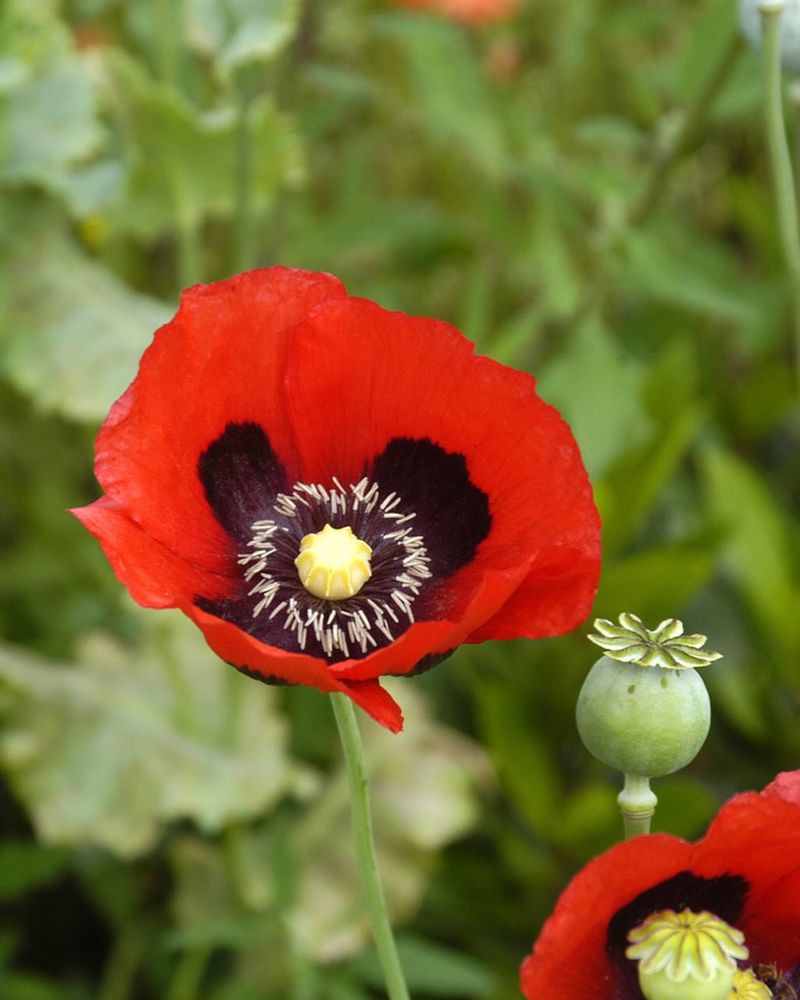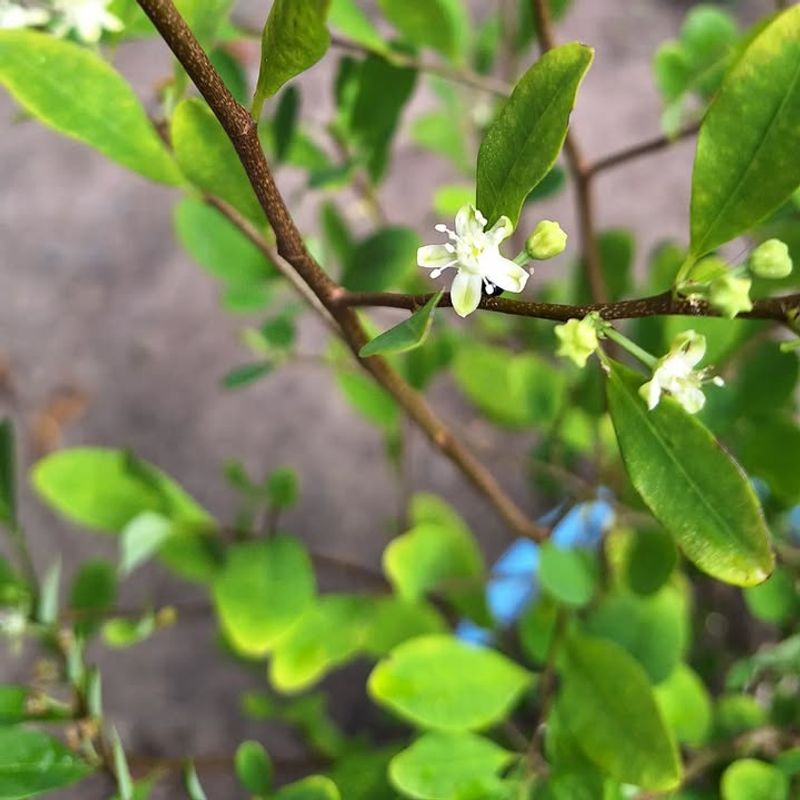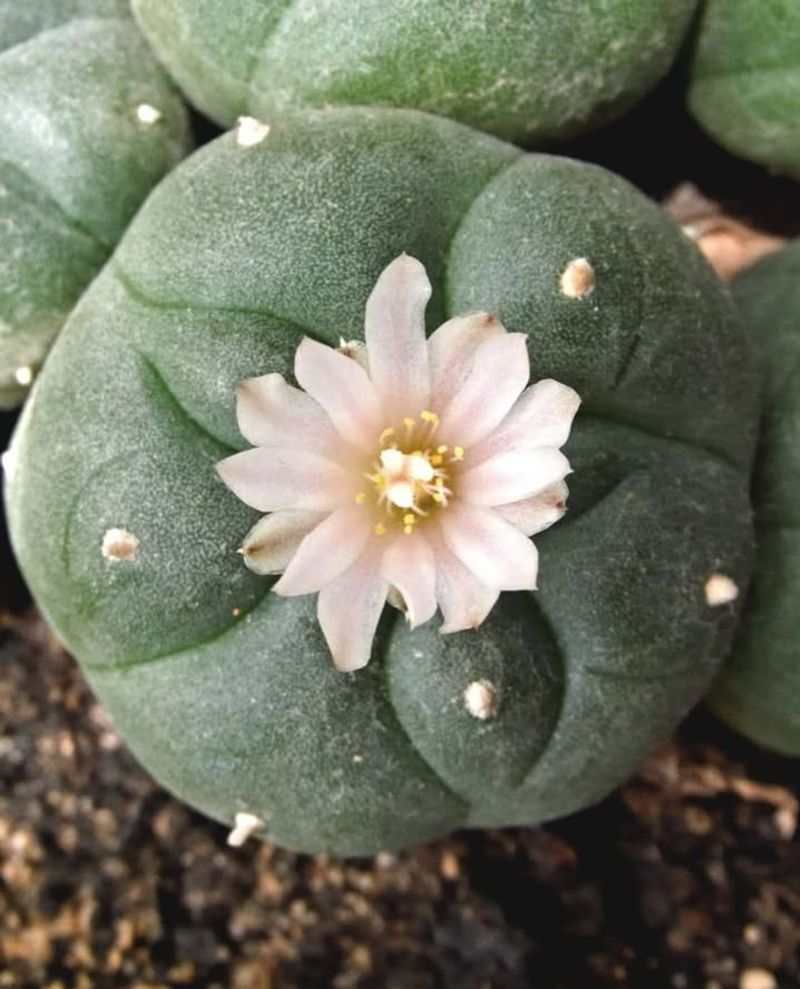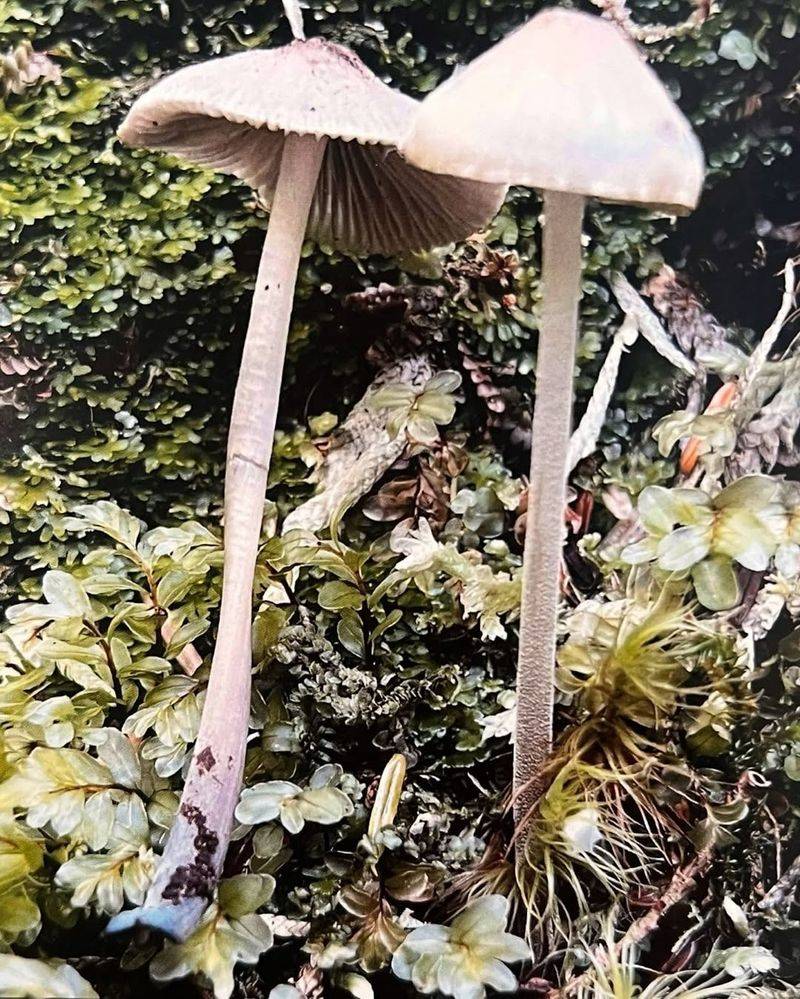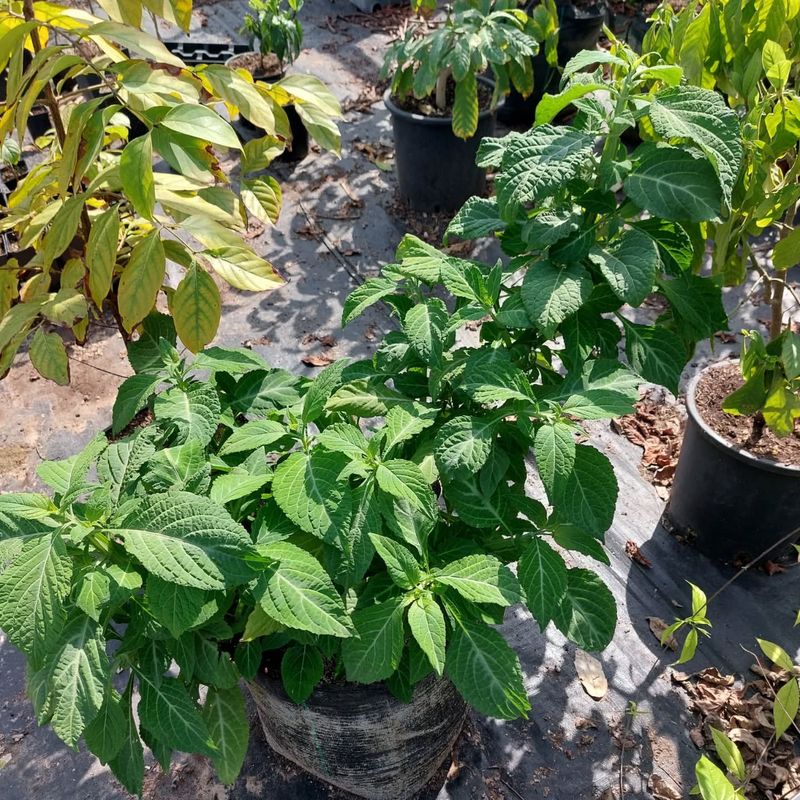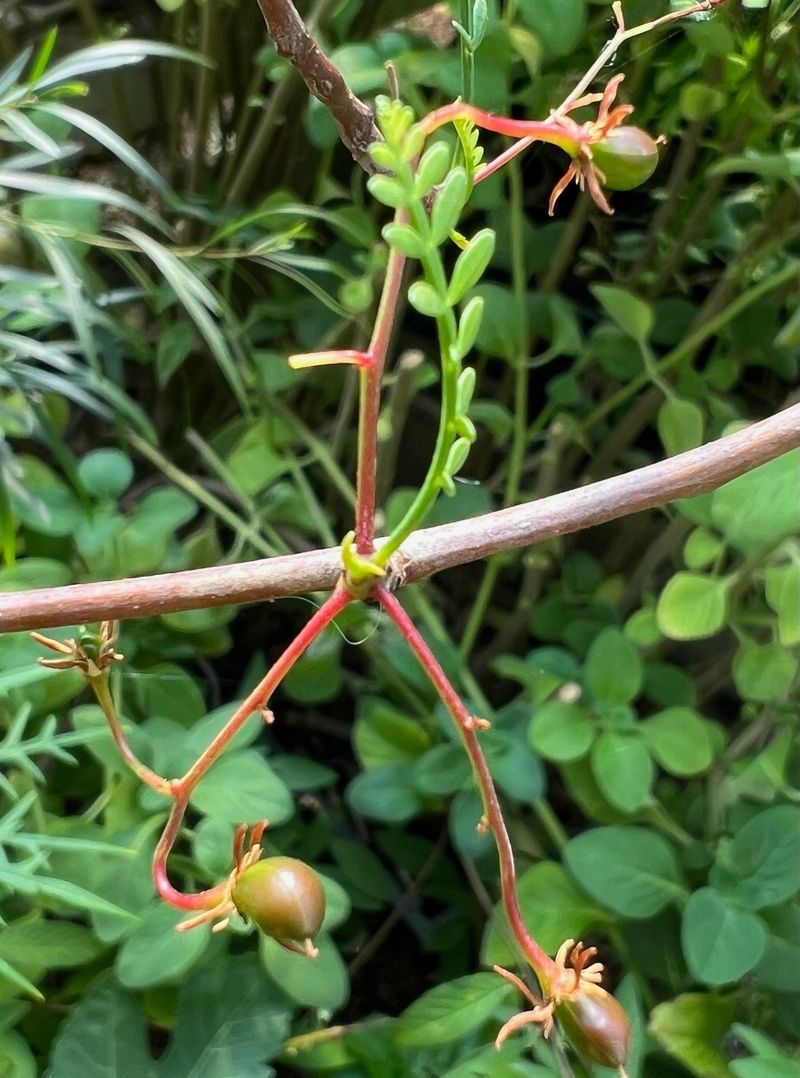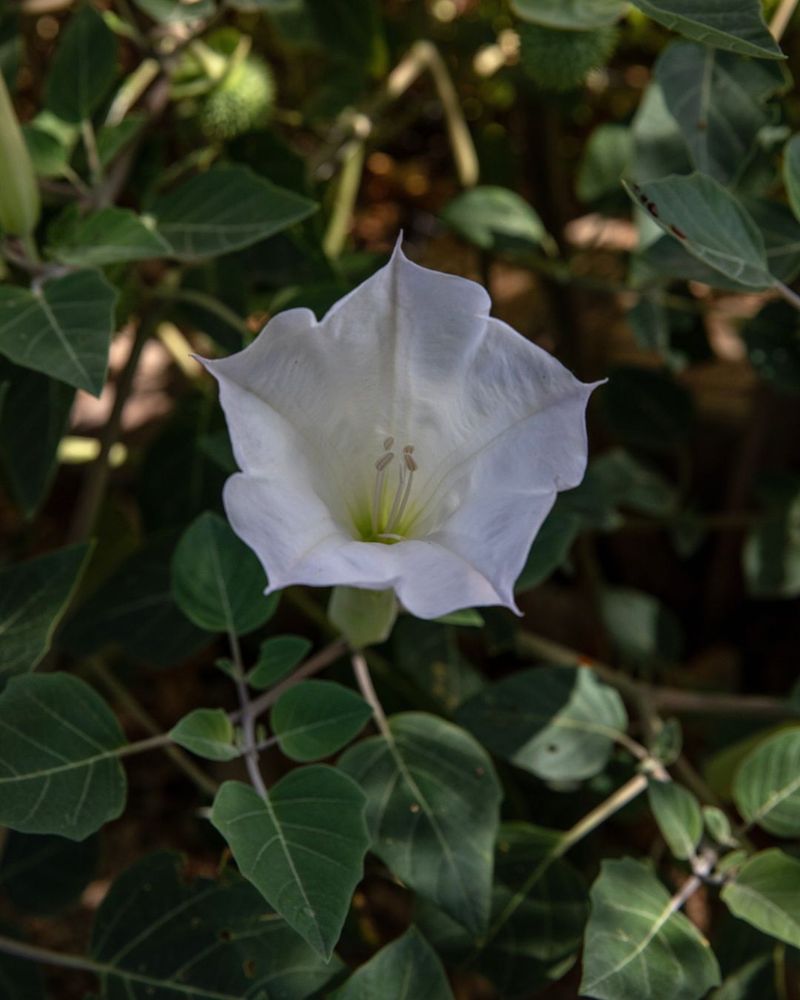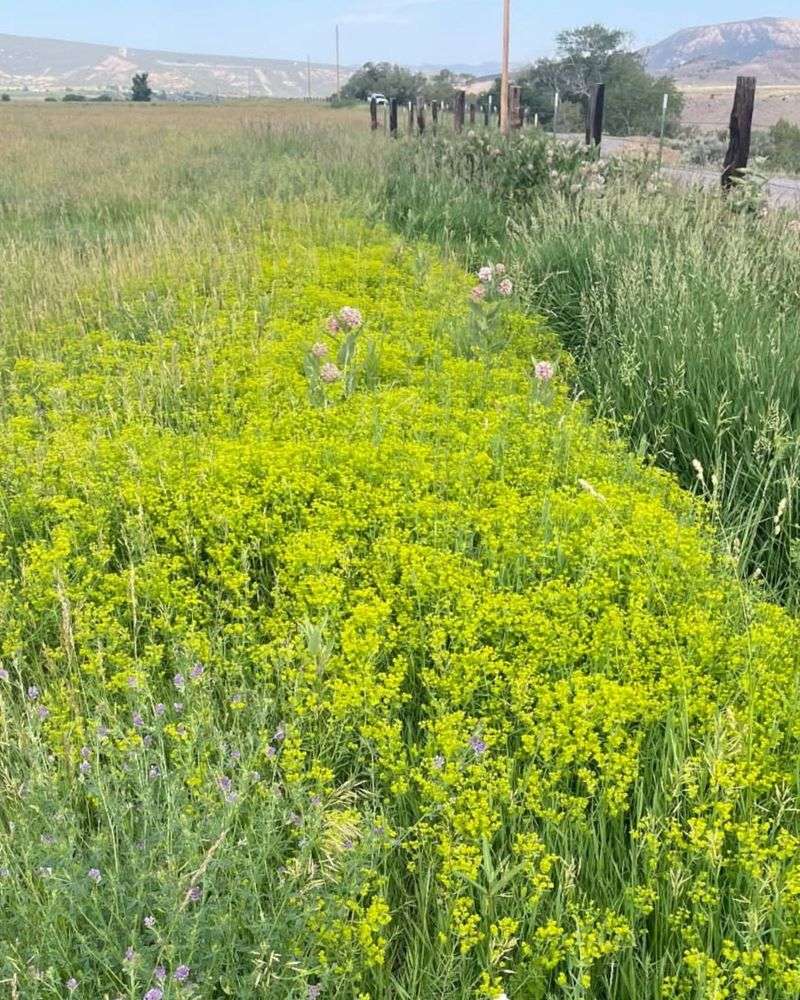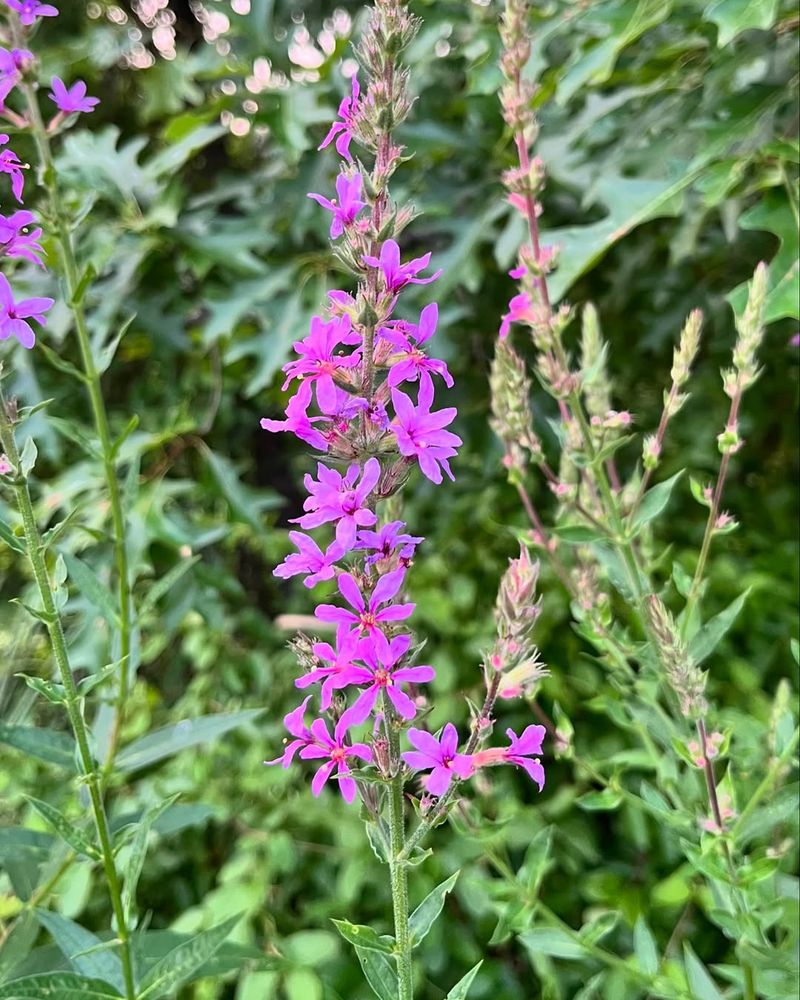Not every crop is legal to grow in North Dakota, even if it seems ordinary. I’ve seen gardeners unknowingly plant restricted varieties and face fines.
Knowing what’s off-limits keeps your yard safe and law-abiding. Planning carefully means you can enjoy your garden without any legal surprises.
1. Cannabis (Marijuana)
Growing marijuana in your backyard might seem like a good idea, but it’s illegal in North Dakota unless you have a special medical license. Even then, you can’t just plant it anywhere you want.
Law enforcement takes this seriously, and getting caught can result in fines or even jail time. The state has strict rules about cannabis cultivation to prevent misuse and protect communities.
If you’re curious about medical marijuana, talk to a doctor first and follow all legal requirements carefully.
2. Opium Poppy (Papaver somniferum)
With their stunning blooms, opium poppies might catch your eye at a garden store. However, growing them is against federal law because they produce substances used to make illegal drugs like heroin.
North Dakota residents could face serious criminal charges for cultivating these flowers, even if they claim it’s just for decoration. The beautiful petals aren’t worth the legal risk.
Plenty of other gorgeous flowers are completely legal and won’t land you in trouble with authorities.
3. Coca Plants (Erythroxylum coca)
Coca plants are the source of cocaine, making them highly illegal to grow anywhere in the United States, including North Dakota. Even if you’re interested in them for historical or botanical reasons, possession is a federal crime.
The Drug Enforcement Administration monitors these plants closely, and growing them can lead to serious prison time. Don’t let curiosity get you into legal hot water.
Stick to legal herbs and plants that won’t attract unwanted attention from law enforcement agencies.
4. Peyote Cactus (Lophophora williamsii)
Peyote cacti contain mescaline, a powerful hallucinogenic substance that makes them illegal to grow in North Dakota. While some Native American religious ceremonies use peyote legally, regular citizens cannot cultivate or possess it.
The cactus grows slowly and looks harmless, but federal law treats it as a controlled substance. Getting caught with peyote can result in criminal prosecution and hefty fines.
Choose legal cacti varieties for your collection instead of risking your freedom for this banned plant.
5. Khat (Catha edulis)
Khat leaves contain stimulants similar to amphetamines, making this plant illegal throughout the United States. In North Dakota, growing khat can lead to drug trafficking charges since the leaves are chewed for their stimulating effects.
The plant might look like an ordinary shrub, but authorities classify it as a Schedule I controlled substance. Even claiming you didn’t know it was illegal won’t protect you from prosecution.
Save yourself the headache and grow legal herbs like basil or mint instead.
6. Magic Mushrooms (Psilocybin Mushrooms)
Cultivating mushrooms containing psilocybin is completely illegal in North Dakota, as these fungi produce powerful hallucinogenic effects. Many people mistakenly think growing them at home is a minor offense, but it’s actually a serious crime.
North Dakota law enforcement actively investigates mushroom cultivation operations. Getting caught can mean felony charges, substantial fines, and a permanent criminal record.
If you enjoy growing fungi, stick to culinary varieties like shiitake or oyster mushrooms that are perfectly legal and delicious.
7. Salvia divinorum
Salvia divinorum produces intense but short-lived hallucinations, which is why North Dakota has banned its cultivation and possession. While it’s legal in some states, growing it in North Dakota can result in criminal charges.
The plant looks similar to common garden sage, but its psychoactive properties make it dangerous and illegal. Law enforcement takes salvia violations seriously, especially if minors are involved.
Plenty of beautiful and legal salvia species exist for your garden without the legal risks this particular variety brings.
8. Ephedra (Ma Huang)
Ephedra contains ephedrine, a stimulant that’s been linked to serious health problems and deaths. While not completely banned everywhere, North Dakota restricts growing ephedra because it’s been used to manufacture illegal methamphetamine.
The plant’s innocent appearance hides its dangerous potential. Authorities monitor ephedra cultivation carefully, and having it in your yard could raise red flags.
For medicinal plants, consider safer alternatives like echinacea or chamomile that won’t attract legal scrutiny or endanger your health.
9. Datura (Jimsonweed)
Datura might have beautiful trumpet-shaped flowers, but it’s extremely toxic and can cause dangerous hallucinations or even death. North Dakota considers it a noxious weed, making cultivation illegal due to its threat to livestock and humans.
Kids and pets are especially vulnerable to datura poisoning if they accidentally ingest any part of the plant. The state actively works to eliminate datura from public and private properties.
Choose safer flowering plants for your North Dakota garden that won’t endanger your family or violate local laws.
10. Giant Hogweed (Heracleum mantegazzianum)
Giant hogweed isn’t just illegal in North Dakota—it’s downright dangerous. The plant’s sap contains toxic chemicals that cause severe burns and blisters when exposed to sunlight.
North Dakota has classified it as a prohibited noxious weed, and landowners must remove it immediately if discovered. The plant can grow over ten feet tall and spread rapidly, threatening native ecosystems.
If you spot giant hogweed anywhere in North Dakota, report it to agricultural authorities right away instead of trying to remove it yourself.
11. Leafy Spurge (Euphorbia esula)
Leafy spurge might look like a harmless wildflower, but North Dakota considers it a noxious weed that’s illegal to cultivate or allow on your property. The plant spreads aggressively, choking out native vegetation and reducing land value.
Its milky sap irritates skin and can poison livestock that graze on it. North Dakota spends millions of dollars annually trying to control leafy spurge infestations across the state.
Property owners must actively work to eliminate this pest plant or face potential fines from local authorities.
12. Purple Loosestrife (Lythrum salicaria)
Purple loosestrife produces gorgeous purple flower spikes, but it’s banned in North Dakota because it destroys wetland ecosystems. The plant spreads rapidly through waterways, crowding out native species that wildlife depends on for food and shelter.
A single plant can produce millions of seeds annually, making infestations nearly impossible to control once established. North Dakota law requires property owners to remove purple loosestrife immediately.
Choose native wetland plants instead that support local ecosystems rather than destroying them like this invasive species does.


